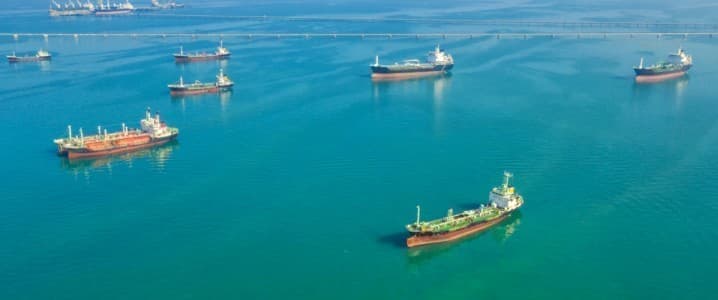
The race to decarbonize the shipping industry, a sector notorious for its high emissions, is gaining momentum. With over 50,000 cargo ships traversing the seas at any given time, shipping accounts for approximately 3 percent of global greenhouse gas emissions, surpassing even aviation. This highlights an urgent need for cleaner practices in the industry.
While the long-term focus remains on developing sustainable fuels, hydrogen fuel cells, and large-scale batteries, one company is offering a short-term solution. Seabound, a climate tech start-up, has partnered with Lomarlabs, a subsidiary of UK-based Lomar Shipping, to trial a carbon-capture technology aimed at reducing emissions from ships.
Innovative Carbon Capture Technology
In 2023, Seabound’s pilot project was selected as part of the UK Department for Transport’s Clean Maritime Demonstration Competition Round 3, which allocated $82 million to 19 flagship projects. Seabound’s compact carbon capture device can be retrofitted into a ship’s exhaust system, offering a versatile solution for existing vessels.
The technology operates by using calcium oxide pebbles to capture carbon dioxide emissions, converting them into calcium carbonate or limestone. This limestone is stored on the ship until it can be offloaded at port, where it is either sold or processed for reuse. This innovative approach allows ships to significantly reduce their emissions footprint without requiring major modifications.
Progress and Potential
Seabound’s co-founders, Alisha Fredriksson and Roujia Wen, adapted this technology from industrial carbon-capture methods. Their prototype has already demonstrated an impressive 78 percent carbon capture efficiency, with the potential to reach up to 95 percent. During initial tests, the prototype captured approximately one tonne of carbon dioxide per day.
As of 2025, Seabound is advancing its prototypes, testing them in Turkish shipyards and on a 3,200-container ship navigating the Suez Canal. The new design, fitting within a standard 20-foot shipping container, allows for easy integration with existing cargo, enabling incremental increases in carbon capture as needed.
Challenges and Criticisms
Despite the promise of carbon capture technology, some environmental groups express concerns. Blánaid Sheeran from Opportunity Green cautions that these retrofits should not delay the transition to sustainable alternatives. “The potential for short-term use of carbon-capture retrofits on existing vessels should not become a justification to extend the lifespan of fossil fuels,” Sheeran stated.
Fredriksson and Wen, however, argue that their technology serves as a mid-term solution while governments and companies work towards long-term decarbonization. They emphasize the importance of stricter regulations and continued investment in sustainable fuels.
Scaling Up and Future Prospects
The next challenge for Seabound is scaling up operations. Each quicklime unit costs tens of thousands of pounds, but the founders believe they offer a cost-effective solution. Interest from shipping companies is growing, with hopes that the technology will eventually be deployed on thousands of ships worldwide.
While carbon capture is not a preventative measure, it plays a crucial role in reducing emissions in the interim. As the maritime sector faces increasing regulatory pressure, innovations like Seabound’s offer a viable path forward.
Ultimately, the success of such technologies will depend on a collaborative effort between governments and industry stakeholders to enforce regulations and invest in sustainable solutions. The future of shipping may well hinge on the ability to balance immediate action with long-term goals.






